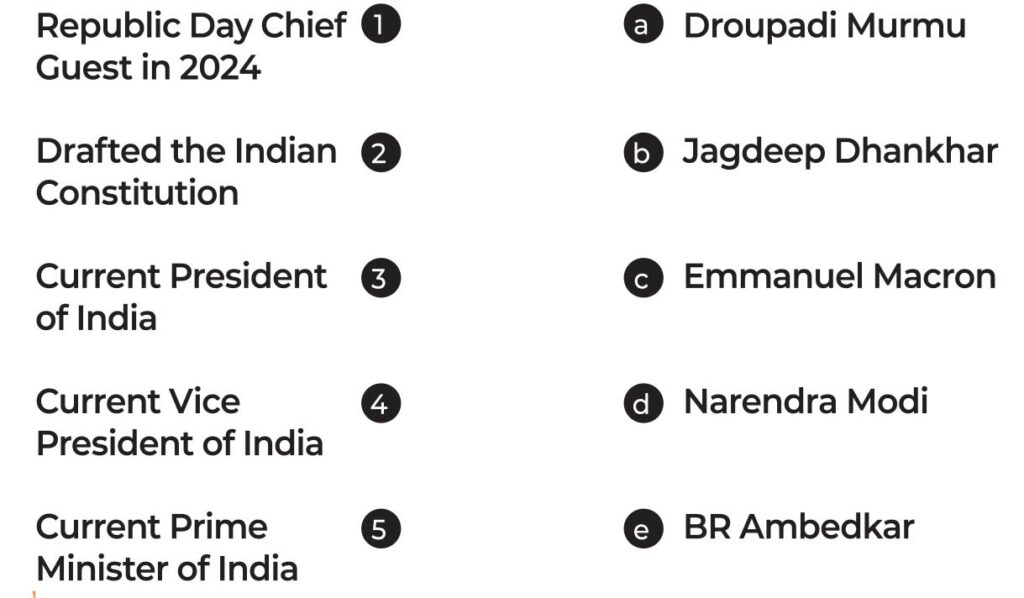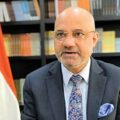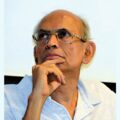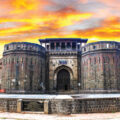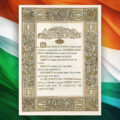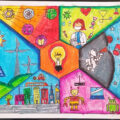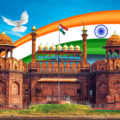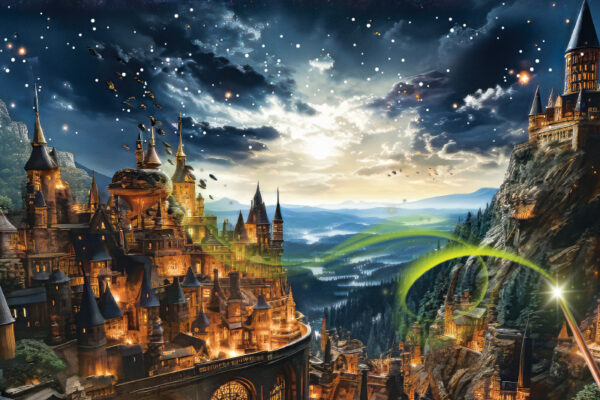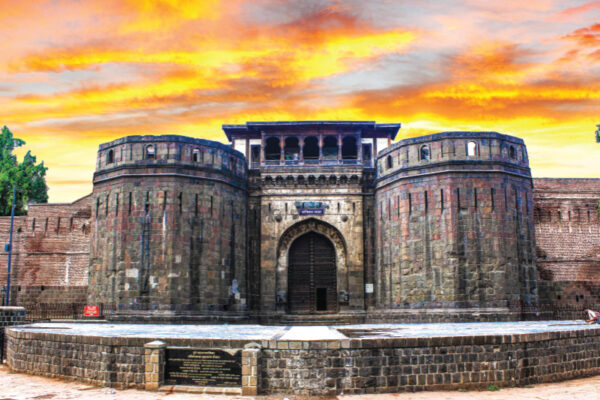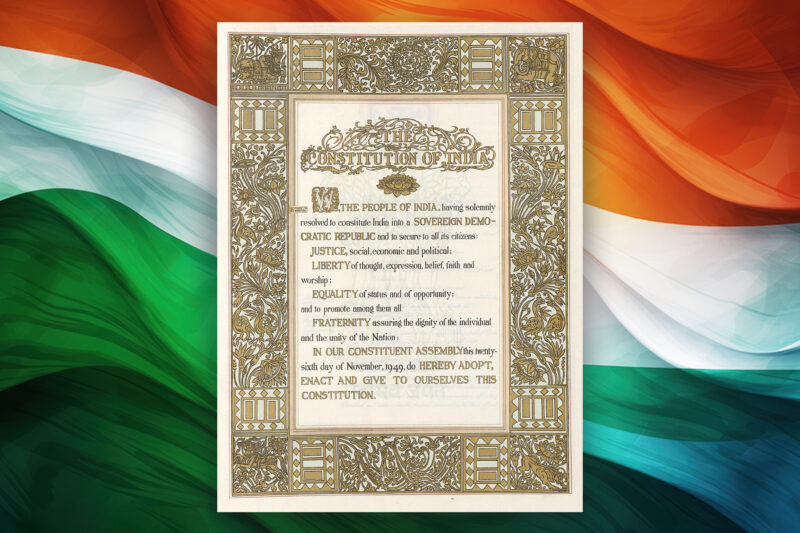
The Indian Constitution: A Brief History
January 26, 1950, marks the day when the Indian Constituent Assembly, chaired by Dr BR Ambedkar, the chief architect of the Indian Constitution, enacted our constitution, laying down the principles of democracy and sovereignty for our nation. However, not many people know that this momentous date was chosen with purpose. Two decades earlier on January 26, 1930, the Indian National Congress with its leader Mahatma Gandhi proclaimed Purna Swaraj or complete independence from the British Raj, aligning this milestone with the adoption of our constitution. This day not only commemorates India’s struggle for independence, but also affirms the enduring values that have shaped our emergence as a sovereign democratic republic.
Talking about the constitution Ambedkar had once said, “Constitution is not a mere lawyers’ document, it is a vehicle of Life, and its spirit is always the spirit of Age.” The Indian Constitution, which is the longest written constitution in the world, is the supreme law of our country, which lays down the basic framework of Indian governance and ensures fairness and justice for every citizen. What makes India a great democratic nation lies in its constitution’s core values, which took two years, 11 months and 18 days to draft before being adopted on November 26, 1949, and finally coming into force two months later.

The expressed objectives in our constitution are captured in its preamble of core values—sovereignty, socialism, secularism, democracy, republican character, justice, liberty, equality, fraternity, human dignity and the unity and integrity of the Nation. The preamble to the constitution begins with, ‘We the people of India’ clearly indicating complete political freedom and supreme sovereign authority. The value of socialism instils the need for promoting social change and removing all inequity in society. As a nation with a rich tapestry of religions, India embodies secularism–promoting tolerance among all faiths and forbidding any form of discrimination–which stands as a fundamental principle of our constitution.
India is the largest democracy in the world where the government is of the people, by the people and for the people and where political equality is paramount. Each citizen is equal in the eyes of the law, with an independent judiciary, and has a right to freely vote and elect leaders. India is not only a democracy, but also a republic where the head of state is elected based on political equality and not heredity. Justice is available to every citizen and each one of us has liberty of thought, expression, belief, faith and worship. Our constitution ensures equality of status and opportunity and promotes the instilling of common brotherhood, where everyone is treated as an equal with dignity to ensure the unity and integrity of our independent nation.
Celebrating Republic Day
Republic Day is seen as a day of celebration and the coming together of people, symbolising unity, freedom and the spirit of being one nation. The nationwide celebrations include the main parade, which takes place in the nation’s capital New Delhi, starting from Rashtrapathi Bhavan, going through India Gate and ending at the Red Fort. This year’s theme is ‘Swarnim Bharat: Virasat aur Vikas’, which focusses on India’s heritage and development.
A true testament to India’s rich and diverse cultural heritage, the parade includes a display of India’s military capability by marching units from different states and cultural dances from around the country. The president of India awards gallantry awards such as the Param Vir Chakra, Vir Chakra and Maha Vir Chakra to soldiers for their brave and selfless contributions and even children are honoured with national recognition awards such as the Pradhan Mantri Rashtriya Bal Puraskar for their contributions to art and culture, science, sports and social service.
Heads of states of other countries are invited as chief guests to showcase India’s progress and reinforce India’s friendly ties with other nations on a global stage. 2024 saw Emmanuel Macron, the president of France, attend the Republic Day celebrations in New Delhi.
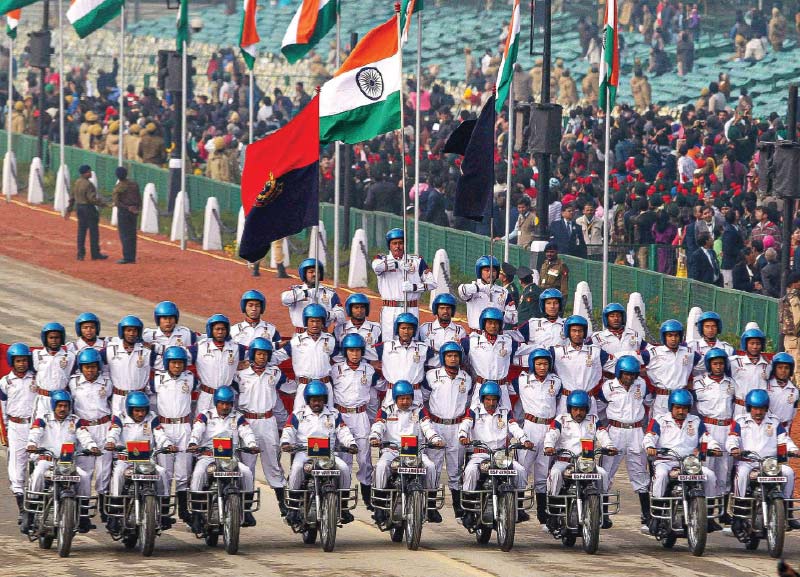
The celebrations end with the Beating Retreat Ceremony, which is held three days after Republic Day at Vijay Chowk in New Delhi. The ceremony is performed by bands of the Indian Army, Indian Navy and Indian Air Force. The bugle call for the retreat is followed by a salutation by the President’s Bodyguard and then the national anthem is played while unfurling the Indian flag. Patriotic tunes such as ‘Abide With Me’, ‘Sare Jahan Se Achha’ and ‘Vande Mataram’ resound during the ceremony. The ceremony is a grand closure to the Republic Day celebrations, serving as a tribute to India’s armed forces and a reminder of our national values and ideals.
Republic Day is indeed a day of celebration of the democratic spirit, unifying every Indian regardless of religion, language and culture. Celebrations are carried out in schools across the country where flag hoisting instils a sense of civic responsibility and national pride. It is a reminder to our youth to uphold the values laid out in our constitution and to take pride in our rich cultural heritage.
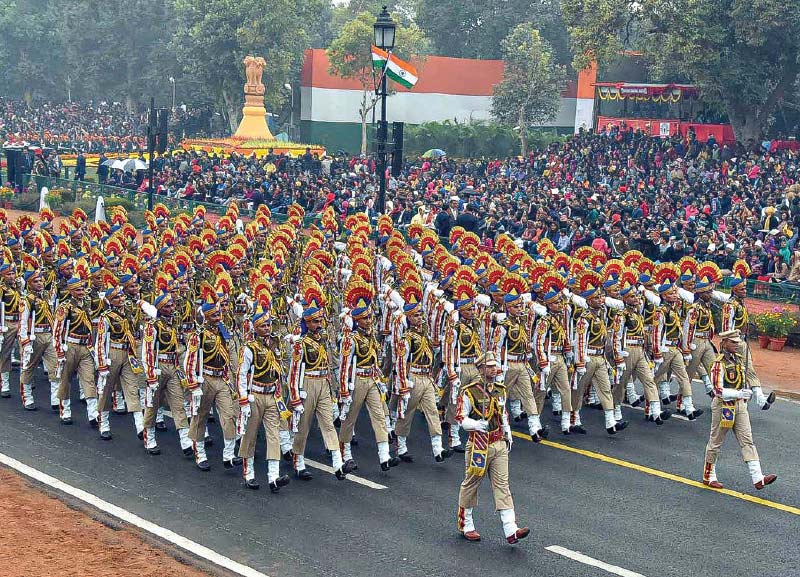
The Republic and Its Citizens
While Republic Day is a day of celebration, it is also a day of reflection, where each citizen acknowledges their role in the democratic process and their renewed commitment to upholding the principles that define our nation.
India has faced its share of challenges such as poverty, corruption, religious intolerance, unrest and social inequity. And while these issues still persist, we need ongoing efforts to help tackle these systemic problems and strengthen our constitutional goals. In the past, judicial decisions and constitutional amendments have helped broaden our scope of rights and narrow the social inequity gap. It is clear, our constitution is resolute in its core values but achieving its ideals is an ongoing journey.
Republic Day is a dual occasion where each one of us rejoices to celebrate our country’s progress, freedom of speech, expression and equality; but it is also an occasion to reflect on and acknowledge our ongoing challenges and renew our commitment to uphold our constitutional values to live in a fair, free, united and equitable society.
Let us celebrate this momentous day filled with pride, respect and gratitude to our leaders who have paved the way for the youth to live in the largest democracy in the world and work towards a better and brighter tomorrow. Jai Hind!
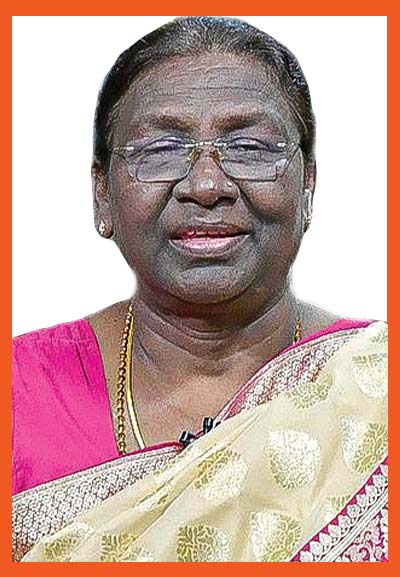
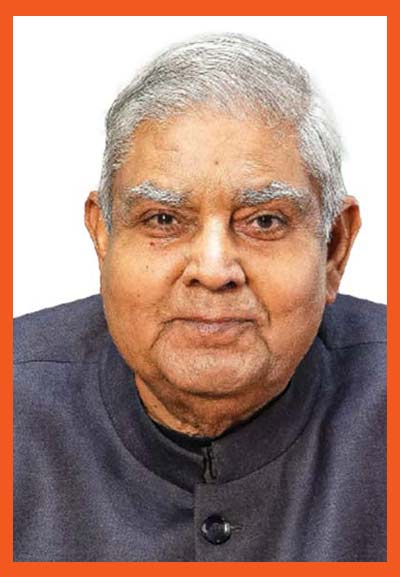
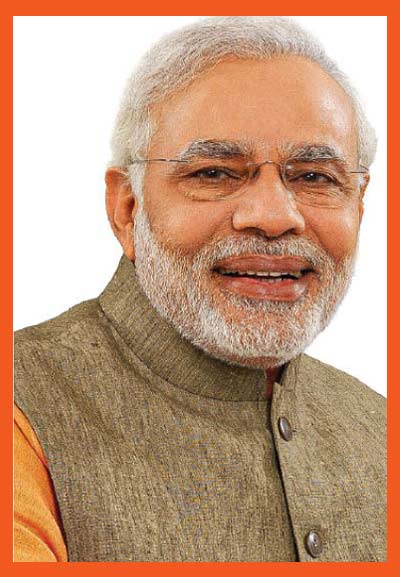
ACTIVITY: Match the Columns
